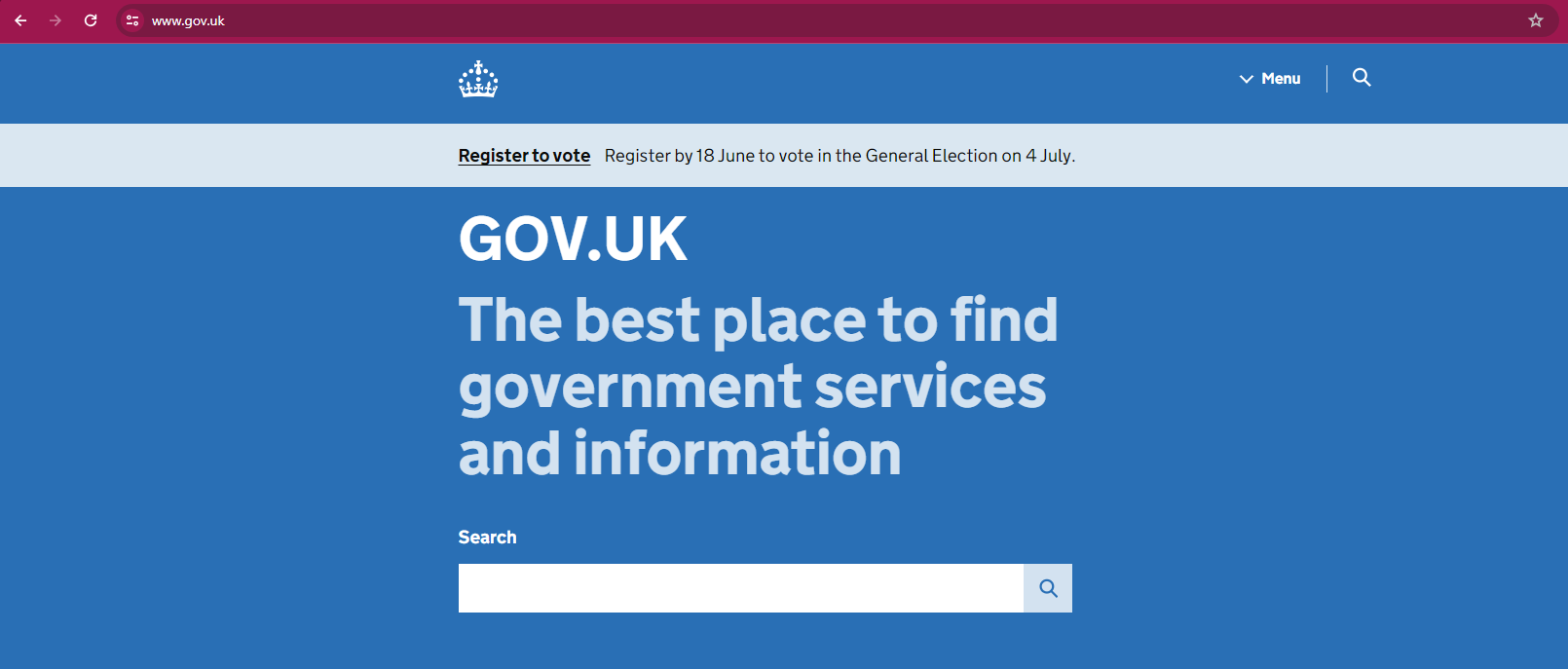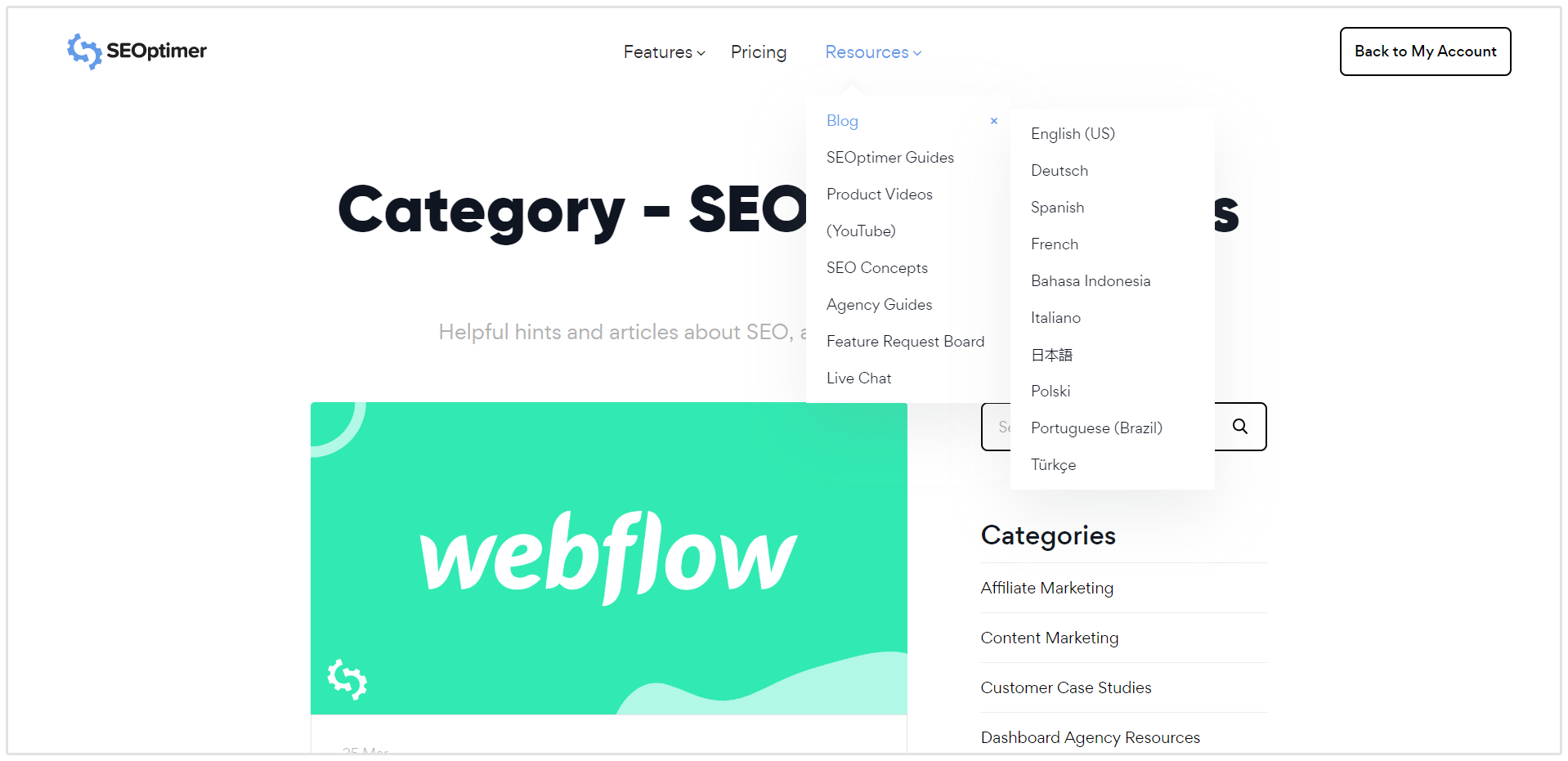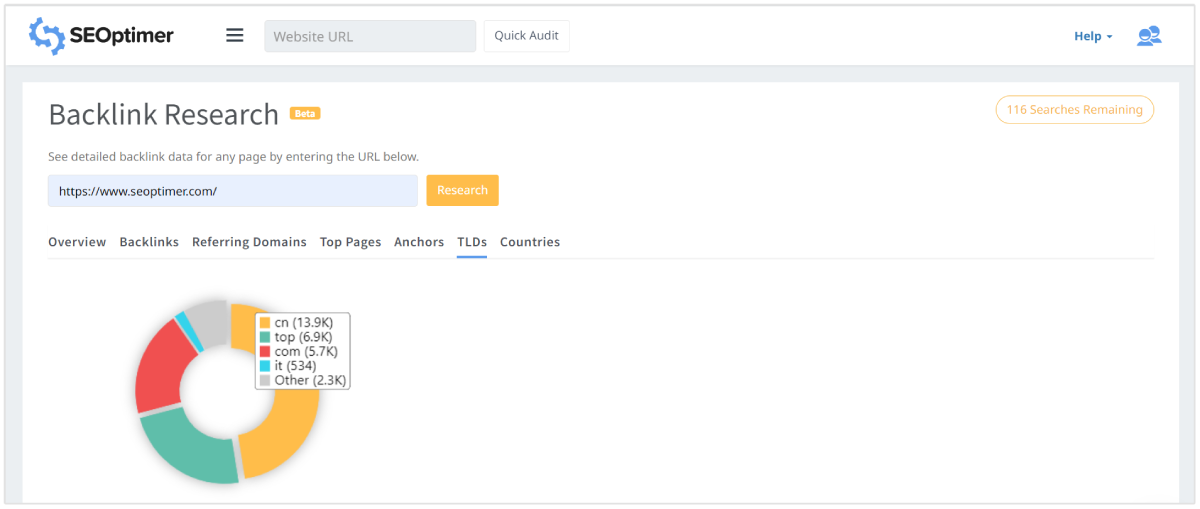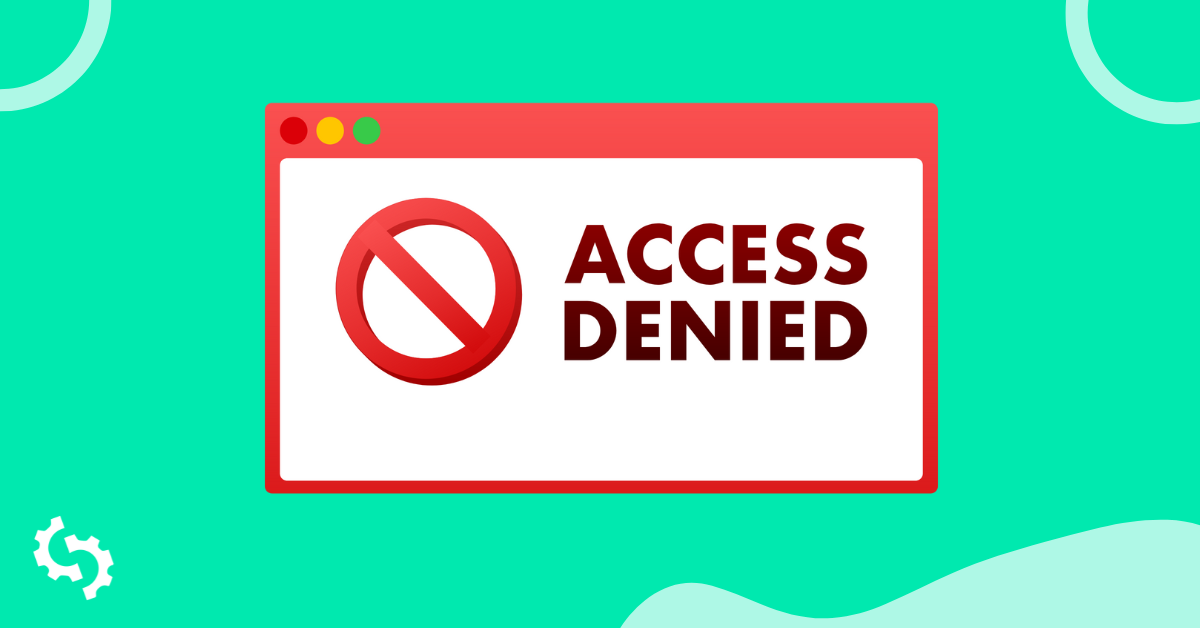
It's a small world when it comes to SEO. With just a few clicks, you can reach new customers in every country.
In fact, tapping into international markets is a proven way to grow your customer base and skyrocket your traffic.
There's just one problem:
What works for a local or national SEO strategy doesn’t always work internationally.
For an international SEO strategy to be successful in ranking your website around the world, you need to understand how to overcome its unique challenges.
What is International SEO?
SEO is made up primarily of four activities: creating relevant content, making technical adjustments to your website, building quality inbound links, and analyzing results.
These activities remain the same despite the language, country or search engine you're targeting.
International SEO means optimizing your website for different countries and languages.
There are many challenges to this, one of the main ones being that if you don’t use the right words, your audience won’t understand you.
A simple example of this would be an online sporting goods store using a "Soccer Cleats" category on their U.S. site, and a "Football Boots" category on their U.K. site.
To take your website global, you need to have a clear strategy in place and understand how Google ranks and indexes international content.
International SEO: 4 Challenges You Can't Ignore and How to Overcome Them
1. URL and domain structures

Picking out a URL and domain structure for your international content is a big decision because it’s one you’ll be stuck with.
Some people swear by using ccTDLs (country-coded top-level domains) while others prefer sub-domains or sub-directories. Here's what you need to know about each option:
- ccTDLs are the two-letter codes at the end of your domain name that indicate to search engines and users where the website is registered, such as .uk, .eu, etc.
If you’re targeting a specific country, a ccTLD may be a good choice. If you're focusing on language targeting only, it may not be the right decision because it targets a specific geographic area but not the specific language spoken there.
- Using sub-directories on your main site with a generic TLD is a popular option. For example, the Portuguese version of a site for Brazil may have a /br/ to distinguish it from the English version of the site.
Sub-directories also offer the advantage of a consolidated backlink profile.
- Using sub-domains with generic TDLs can work for some, but this can be complicated and isn’t very user-friendly. Each one is registered by Google as its own site, but domain authority isn’t necessarily passed on.
Do you want to target at a language level or a country level?
How much effort can you devote to building domain authority for completely new domains?
If you struggle to develop and maintain localized content for varied sites, it may be better to start with sub-directories.
No matter what structure you choose, Google recommends that your hierarchy is organized in a similar way in each section of your website so that it’s easy to crawl.
2. Language-Targeting

Prior to 2010, when hreflang tags were introduced, there was no page-level tag to tell search engines what country or language you were targeting.
And it wasn’t until 2014 that Google included hreflang tag reporting in Google Search Console.
When you use multiple languages, a possible problem of duplicate content arises. This is when hreflang tags indicate to Google that your page is an alternate version in another language.
The tags are intended to make sure that the right localized page shows up in the right localized Google version.
But there's no margin for error when selecting language codes and many incorrect tags exist.
Many people who are just beginning with international SEO wonder why they can’t just use language tags. This is why:
- Google doesn’t use these language or country tags in the metadata because many of them are wrong. Incorrect country codes are just one of the problems.
- Mixed hreflang signals can be given to search engines. There’s a big difference between assigning a page to a language and assigning it to a language and a country.
- Automatically redirecting a user to a different language based on location can be a mistake. It doesn't necessarily follow that just because a person resides in a certain location that he or she speaks the local language.
If you want to make sure your tags are correct, you need to go to Search Console to see what problems Google may have found, and then fix those errors for your pages to be indexed correctly.
3. Tailoring Content to Language and Culture

Localizing and translating website content isn't as easy as using an online translator.
Taking this route not only results in grammatical errors, but usually has more serious consequences as well—the fact that one word can have multiple meanings can result in serious confusion, and you may even end up offending the audience you’re trying to cultivate.
Language is very nuanced between countries and cultures. Think about how a user from the UK might differ from a user from Japan. There are even significant language differences between users in Mexico and Colombia.
If you want to get ahead of your competitors, use professional, native translators to localize content into your target languages. This is one of the key ranking factors in international SEO.
Make sure that all the information you provide is suited to your target audience by using local timezones, currency, language and contact information.
And when it comes to the design and content, cultural differences should also play a part and influence various elements such as colors, layout, sense of humor, etc.
For example, Lush’s Japanese site with its bright colors and busy homepage looks very different from their U.S. site with its muted colors and much more white space.
Users are more likely to have a good experience on your site if they receive relevant content they can relate to in their language and culture.
4. Link Building
.png)
Link building becomes much harder when you take your site international, because now you have to get backlinks from different countries and in different languages.
However, building backlinks internationally requires many of the same techniques used in local SEO—just on a larger scale.
Try these:
- Identify and leverage any existing international backlinks.
Run a backlink report with SEOptimer to identify external links that could be pointed to more territory-specific content on your website. Just look at the "TLD/IP" column to see which countries your backlinks come from.

- Conduct competitor research.
You can also look at your competitors' backlinks to see where they're coming from. From the Backlink Research section in SEOptimer, you can track your main competitors and learn what they're doing to earn backlinks from certain countries or territories.
- Earn links with local content.
Creating content that’s worth sharing in other countries and by influencers in those countries won’t happen if you just translate English content. Try to use native writers if possible.
- Recognize important social networks in a particular market.
Knowing which social media networks people in certain countries use can help you to generate relevant traffic and backlinks.
For example, a U.S. audience will use Twitter and Facebook, a German audience will use Xing, and a Chinese audience will use Sina Weibo.
- Be present.
Embrace local communities, communicate with locals at local events, and build your reputation at international trade shows. Many of these offer links to a guest blog or a profile page.
It’s also important to decide whether you need to go as far as to address different languages, locations or both in your link building strategy.
If you decide to take the plunge with link building internationally, you need to follow a specific strategy and best practices. If you don’t do this, you may end up biting off more than you can chew because international SEO is challenging and complex.
Too many times when companies go global, they do it for their own benefit. They forget that searchers are different everywhere, and that what works in the U.S. or the U.K. doesn't necessarily work in other markets.
Other international SEO signals to help search engines

In addition to these four main areas of international SEO, you should also keep in mind these tips to help search engines index and rank your international site:
- Host your site on a local IP
- Link to local content
- Build links from local resources
- Try to find ways to rank on local search engines, such as Baidu in China and Yandex in Russia
- Use a web hosting company with a data center inside the country you're targeting
- Use a good CDN (content delivery network) so your target market can get their content quickly
International SEO wrap-up
Expanding your SEO efforts internationally doesn't always have to be expensive or technically difficult.
Take it step by step.
Start by simply explaining your product offering in another language, and go from there.
Yes, there are many challenges to overcome along the way, but if you rise to them, your efforts are likely to be well worth it.
After all, if you don’t take the challenge, you could be missing out on great opportunities to expand and enter new, undiscovered markets that could make a real difference to your business.










